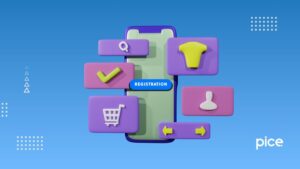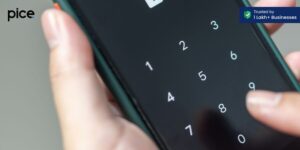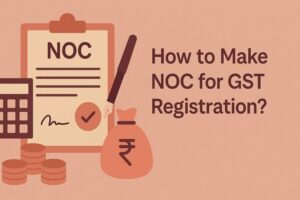Key Components of GST in India
- 25 Sep 24
- 11 mins
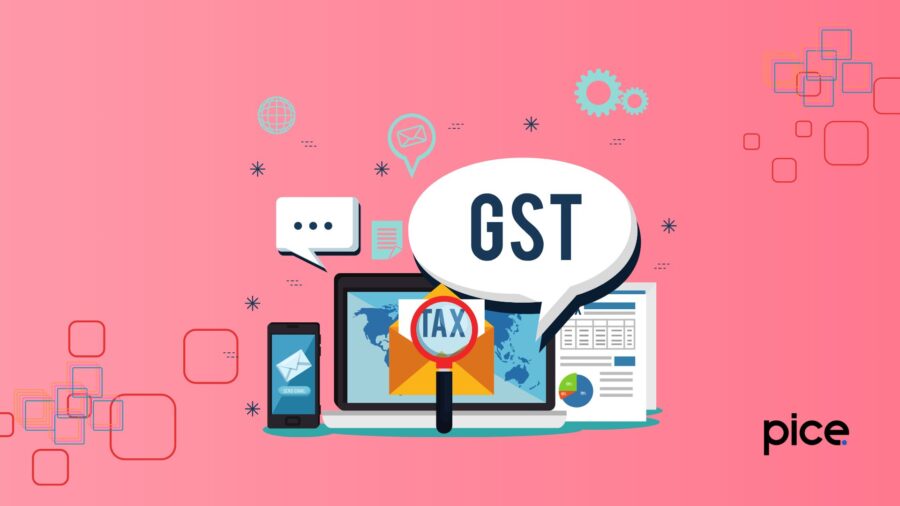
Key Components of GST in India
Key Takeaways
- GST consolidated multiple indirect taxes under one regime, promoting transparency and streamlining tax compliance across India.
- The Input Tax Credit (ITC) system under GST helps businesses claim credit on input services, reducing the cascading effect of tax-on-tax.
- The GST structure is composed of CGST, SGST, IGST, and UTGST, governing both intra-state and inter-state transactions uniformly.
- GST is applied at four different tax rates: 5%, 12%, 18%, and 28%, depending on the type of goods and services.
- Recent updates like Invoice Management System and mandatory bank account verification have introduced stricter compliance protocols for businesses.
Effective in 2017, the Goods and Services Tax (GST) has aimed to streamline India's indirect taxation structure. It has unified multiple indirect taxes into a single tax regime, making tax collection more transparent. The primary components of GST include the Central Goods and Services Tax (CGST), the State Goods and Services Tax (SGST), the Integrated Goods and Services Tax (IGST), and the Union Territory Goods and Services Tax (UTGST).
In this blog, we will discuss the scope of GST, provide a brief history of its implementation, identify its objectives and advantages and much more.
Definition and Scope of GST
The Goods and Services Tax (GST) was mentioned for the first time on 28 February, 2006 in the Budget Speech. Implemented on 1 July 2017, GST made a significant mark on India's taxation system.
GST is the multi-stage, destination-based comprehensive tax which is applicable at every stage of value addition in the supply chain. To achieve 'One Nation One Tax', it has subsumed all indirect taxes under a single head.
The Central Board of Indirect Taxes and Customs (CBIC) is the body, which regulates and governs all amendments related to GST.
GST applies to sales of all goods and services within the country. It is charged on the end products and the consumers need to make the payment of tax in addition to the original price of the product. Although the rates of GST vary between goods and there exist different slabs, it is applied uniformly throughout all states of India.
A Brief History of GST
The concept of GST was introduced in 2000, by the then Prime Minister of India. However, the implementation of this tax took about 17 years since then. The bill had undergone multiple stages of amendments, introduction and rescheduling before being an Act.
In 2000, a force felt it was necessary to implement GST to reform the indirect tax structure of India. Then, after the elimination of the Central Sales Tax and reduction in tax rate from 4% to 3% in 2007, the standing committee called for a discussion about GST in 2012. However, it was stopped due to Clause 279B being unclear.
The Standing Committee presented the GST report in the year 2013. In 2014, the Finance Minister of India again introduced the GST Bill to Parliament. Although Lok Sabha gave clearance to the Bill, it was blocked in Rajya Sabha in 2015. In 2016, the Goods and Services Tax Network was made live. The law inclusion of all the amendments was passed in Lok Sabha and Rajya Sabha with the approval of the President of India.
The Cabinet sends approval to GST supplementary bills, which both the Lok Sabha and Rajya Sabha gave clearance. Finally, on 1st July 2017, the Goods and Services Tax was implemented.
Objectives of Implementing GST
The primary objectives of Goods and Services Tax are:
- Common Market: Goods and Services Tax subsumes multiple indirect taxes like excise duty, value-added tax, etc. under one tax regime. This streamlines tax compliance, reducing the administrative load for both businesses and the government, making the process more efficient.
- Broadening of the Tax Base: The threshold for registration is lesser under GST than in the previous tax regimes. This has led to the widening of the tax base. Along with boosting tax revenues, the burden of tax is shared more widely under GST.
- Elimination of Double Taxation: Before GST implementation, consumers had to bear layers of taxation on the final product. With an input credit system under GST, businesses can claim ITC on taxes they pay on input services. This has led to a reduction in the cascading effect of tax-on-tax and ensures GST is applicable only on value-addition.
Taxes Replaced by GST
GST has replaced multiple taxes by subsuming all of them under a single head, with the exception of customs duty which is applicable on imports of goods and services. Here are the Central taxes which have been replaced by Goods and Services Tax:
- Central excise duty
- Service tax
- Additional excise duties
- Central Sales Tax
- Surcharges and additional cesses
- Excise duties which apply to Textile
- Excise duties which are charged under the Medicinal and Toiletries Preparation Act
- Countervailing Duties (CVD) and Special Additional Duties (SAD)
GST replaced the following state-level taxes:
- Central sales tax
- Entertainment tax (except the ones which local bodies charge)
- All forms of entry tax
- Taxes applicable on advertisements
- Additional surcharges and cesses
- Luxury tax
- Purchase tax
- Sales tax/ state VAT
- Taxes applicable on gambling, lottery and betting
💡If you want to pay your GST with Credit Card, then download Pice Business Payment App. Pice is the one stop app for all paying all your business expenses.
Different Components of GST
The four different types of GST are:
- Integrated Goods and Services Tax (IGST)
This applies to inter-state transactions of goods and services and exports and imports. The Central Government collects Integrated Goods and Services Tax and further divides it among the states where the transaction took place. For example, if a trader from Maharashtra makes a sales transaction with a trader in West Bengal, then the tax rate applicable will be 18%. The customer will have to pay ₹1,180, out of which ₹180 tax will go to the Central Government.
- Central Goods and Services Tax (CGST)
This tax is applicable on same-state transactions, i.e., intrastate transactions. The Central Goods & Services Tax Act governs this tax. In the case of CGST, the Central Government collects the tax revenue.
For instance, if a trader residing in Maharashtra sells goods worth ₹1,000 to a customer in Maharashtra, then the GST rate of 18% is divided as CGST and SGST at the rate of 9% each. The dealer will be eligible to collect ₹1,180 and deposit it via the GST portal. Out of this amount, ₹90 will go to the state government of Maharashtra and ₹90 will go to the Central Government.
- State Goods and Services Tax (SGST)
This indirect tax levy is on transactions that take place within the same state, i.e., intrastate supply. The State Goods and Services Tax Act governs this tax. The state government of the state where the applicable transaction took place collects the tax revenue.
If a trader residing in Karnataka sells goods worth ₹1,000 to a customer in Karnataka, then the GST rate of 18% is divided as CGST and SGST at the rate of 9% each. The customer needs to pay ₹1,180 at the time of supply, out of which the State Government will collect ₹90 as SGST.
- Union Territory Goods and Services Tax (UTGST)
UTGST is equivalent to SGST. It applies to the transactions which take place in the union territories of India, such as Lakshadweep, Nagar Haveli, Andaman and Nicobar Islands, etc. The Union Territory Goods and Services Tax Act governs this.
Features and Advantages of GST
Here are some features of GST:
- Destination-based Tax: GST is applicable at each stage of value-addition, from the manufacturer to the final consumer. This significantly reduces the tax burden as it eliminates the possibility of tax-on-tax.
- Single Taxation: GST replaced multiple taxes which were charged by Central and State governments in the pre-GST regime. Goods and Services Tax is a uniform structure of tax, which charges a uniform rate across all states.
Let us discuss some advantages of Goods and Services Tax:
- Composition Scheme: Composition taxpayers in special category states who fall under the annual turnover limit, are eligible to pay only a fixed GST amount. This will significantly reduce the burden on taxpayers and ease business compliance.
- Optimise ITC: The feature of ITC under GST, allows you to claim credit on the tax you have paid on inputs services. This helps to decrease the tax liability and promote seamless flow of credit.
GST Rates: Understanding the Tax Slabs
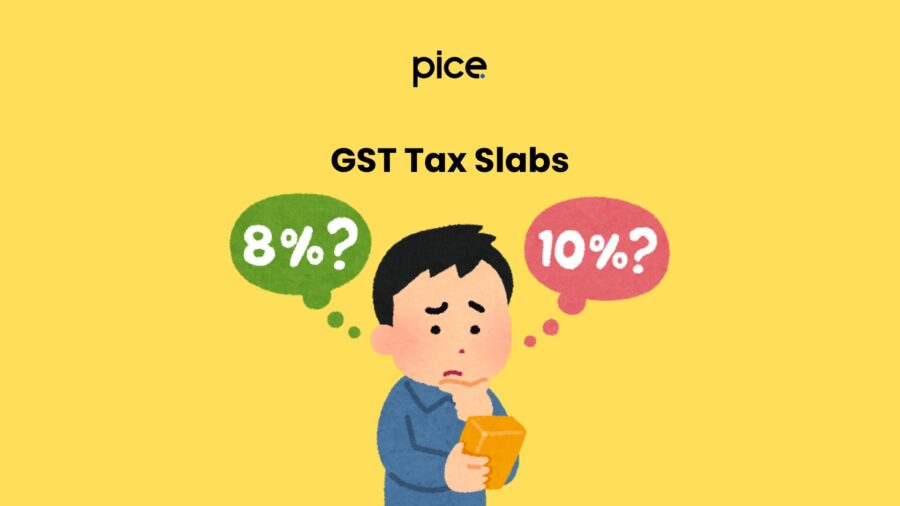
There is a 4-tier tax structure of 4 different slabs-- 5%, 12%, 18% and 28% for the supply of all goods and services.
- 5% Tax Slab: A 5% rate of tax is applicable on these goods. For instance, the applicable tax rate on footwear which is below the price of ₹500 and garments which is below the price of ₹1,000 is 5%. Some more examples are cream, coffee, tea, packaged food items, etc.
- 12% Tax Slab: Goods which fall under the 12% tax slab are apparels which are above the price of ₹1,000, ayurvedic medicines, cellphones, fertilisers, game boards, spectacles, cake servers, sausage, etc.
- 18% Tax Slab: Footwear above the price of ₹500, sunscreen, shampoo, water heater, wallpaper, automobiles, etc. all fall under the 18% tax slab.
- 28% Tax Slab: Items such as chewing gum, pan masala, aerated water, deodorants, etc. fall under the 28% tax slab.
In addition to these, there are certain products that are subject to 0% GST. These include jute, chicken, buttermilk, fruits and vegetables, printed books and newspapers.
New Compliance Requirements Under GST
Here are some of the new compliance requirements under GST:
- Invoice Management System (IMS): Invoice Management System, effective from 1st October 2024, makes it a requirement for buyers to review tax invoices which a respective supplier uploads. The ITC of the buyer in GSTR-3B will be based on his action of acceptance or rejection of the invoice. If the buyer accepts the invoice, it will lead to ITC credits. Rejection or pending invoices are likely to delay ITC.
- Mandatory Bank Account Verification for GSTR-1 Filing: If a regular taxpayer has not verified their bank account details, he may be unable to file GSTR-1 or Invoice Furnishing Facility (IFF) on the portal. This update will lead to the maintenance of accurate bank account details and transparency. Non-compliance with this regulation can disrupt business operations and also lead to blockage of filing of GST returns.
- Rule 37A Compliance: As per Rule 37A buyers need to verify the vendor's completion of GSTR-3B filing by September 30, 2024. If the vendor fails to file the return by the day, it will lead to the ITC reversal that was claimed by the buyer on purchases. In that case, the buyer can reverse ITC by 30th November 2024.
The Bottom Line
GST has made a significant mark on the indirect tax regime of India, by simplifying the taxation structure and promoting ease of business operations. The components of GST govern transactions at different levels and maintain uniform tax rates. With this tax reform, there has been an improvement in revenue generation and enhancement of trade.
 By
By 







